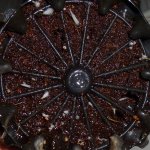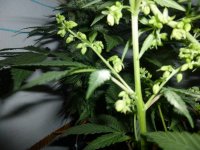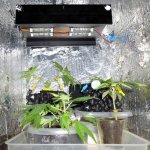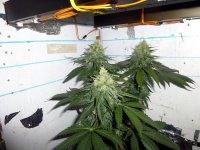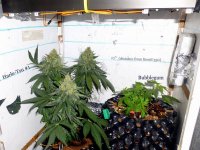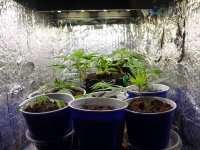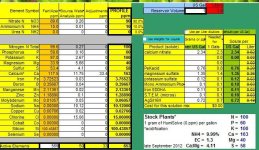corwinlame
New member
Analog's LED is used for growing the plants and there are also used to develop advance different technology. It is also connected with all the LED in one parallel and make all the plant grow very fast.
The effects of mixing and matching frequencies in the audio and radio bands is well know and documented in various life forms and electronics. I just have to wonder if the same would hold true for light utilization, be it the wave or the particle, or both that is being harnessed by the plant. After all, they have been doing it for a couple of billion years. It stands to reason that a plant uses as many of the properties of light that it can.
Wizzi..tried to send you PM but couldn't...your inbox is/was full.Hi all,
I'm doing assemble directly from china 2 panels (126x3w) with this color gradation:
630nm red 24
660nm red 54
610nm orange 12
430nm blue 12
460nm blue 12
12000K white 6
730nm infrared 6
seven bands of color, the LEDs are all bridgelux what do you think, advice?

what's that dick doing in the foreground?
Analogue and gang,
Has anyone done any VPD tracking with the leds??
